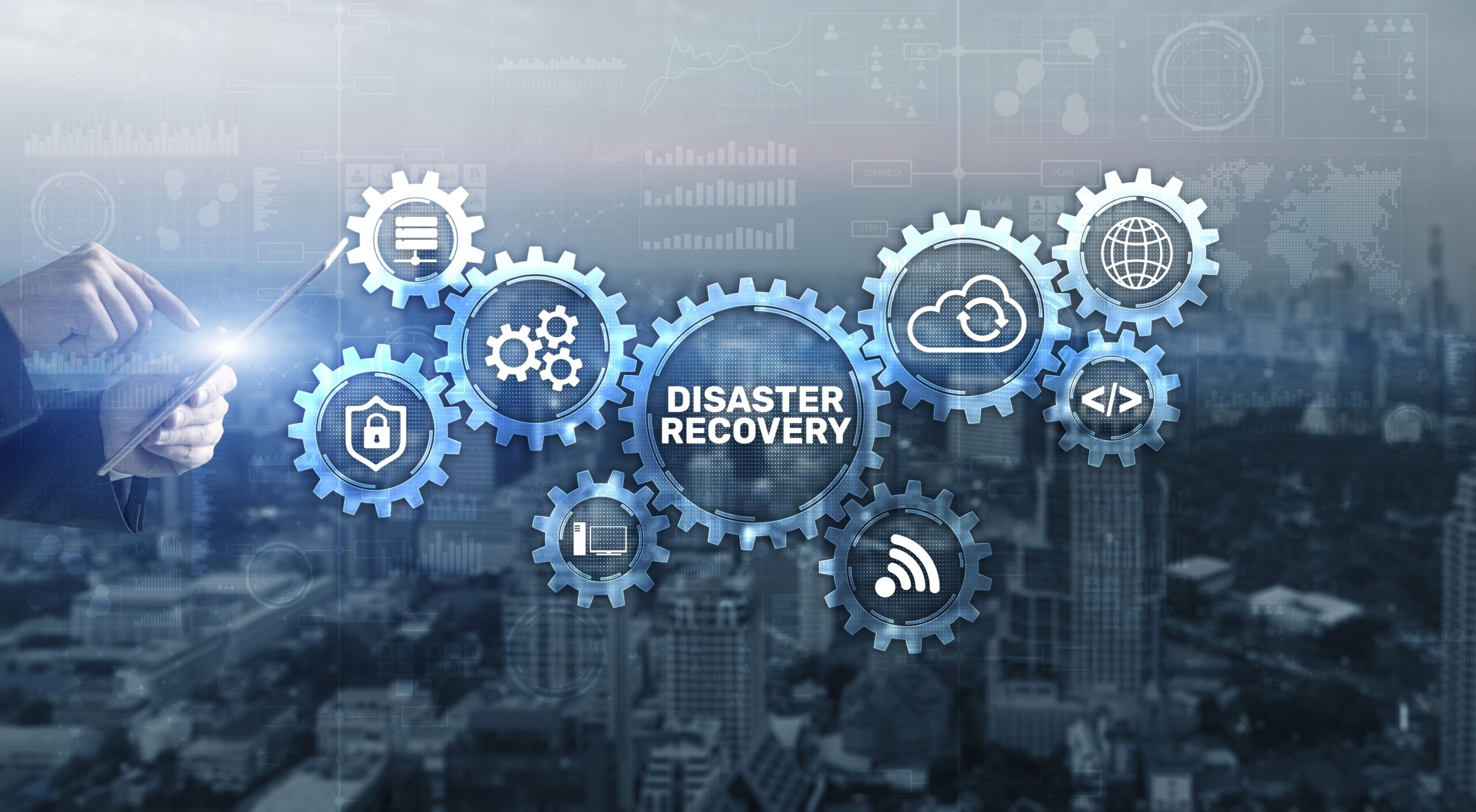
In today’s rapidly evolving business landscape, unexpected disruptions can strike at any moment, from natural disasters to cyberattacks. For businesses, having a robust disaster recovery plan (DRP) is not just a precaution — it’s a necessity!
A well-crafted DRP ensures that organizations can quickly recover and maintain critical operations during and after unforeseen events, minimizing downtime and financial loss. Here, we’ll explore what a disaster recovery plan entails, its essential components, and why it’s crucial for the resilience and longevity of your business.
Preparation is Key in the Face of Disaster
A Disaster Recovery Plan (DRP) is a structured approach outlining how a business can quickly resume work after an unplanned incident, such as a natural disaster, cyberattack, or equipment failure. It involves a detailed strategy to restore critical operations and systems, ensuring minimal downtime and data loss!
To form an effective DRP, businesses should start by conducting a thorough risk assessment to identify potential threats, followed by prioritizing key functions and systems for recovery. The plan should include clear recovery procedures, assign roles and responsibilities, and incorporate regular testing and updates to ensure its effectiveness.
Benefits of having a thorough DRP in place include:
- Minimized Downtime: Quickly restores critical operations, reducing the duration and impact of disruptions.
- Data Protection: Safeguards important data and ensures its swift recovery after an incident.
- Business Continuity: Maintains essential functions and services, ensuring the business can continue to operate during and after a disaster.
- Customer Trust: Enhances customer confidence by demonstrating a commitment to reliability and preparedness.
- Compliance: Helps meet legal and regulatory requirements, avoiding potential fines and legal issues.
- Financial Savings: Reduces the financial losses associated with downtime, data loss, and recovery efforts.
- Improved Risk Management: Provides a proactive approach to identifying and mitigating potential threats.
- Competitive Advantage: Offers a strategic edge over competitors who may not be as well-prepared for disasters.
A Disaster Recovery Plan (DRP) is essential for business resilience, minimizing downtime, and financial losses during disruptions. It provides a clear strategy for restoring operations and safeguarding data, enhancing customer trust, ensuring regulatory compliance, and maintaining business continuity!
LAQ is Always There After Disasters
Luce Air Quality helps businesses recover after a disaster by providing rapid assessments and extensive services, ensuring a safe environment for employees and customers. Our advanced technology and expertise enable businesses to quickly restore indoor air quality, facilitating a swift and effective recovery!
If you’re ready to take the next step in ensuring the safety of your air quality or have any questions, contact the Luce Air Quality team today or call 904-803-1014!


